Global trade—the flow of goods, services, and capital across borders—is like the ocean’s currents, propelling or capsizing small-cap stocks, those agile companies valued between $300 million and $2 billion. In Q1 2025, small-caps in the Russell 2000 gained 18% when trade tensions eased but fell 12% during tariff hikes, reflecting their 30% volatility (Yahoo Finance). With 70% of small-cap revenue tied to domestic markets, global trade disruptions hit hard (J.P. Morgan). X posts in 2025 call small-caps “trade tide riders,” with $30B in trade-sensitive investments at stake (Bloomberg). This guide is your navigator’s compass, detailing three ways global trade impacts small-caps, with vivid examples, 2025 data, and beginner-friendly strategies. Hoist your sails—let’s chart the course to profits!
Why Global Trade Matters for Small-Caps
Small-caps, despite their domestic focus, are exposed to global trade through supply chains, export markets, and currency fluctuations:
● Domestic Reliance: 70% of small-cap revenue is U.S.-based, vs. 50% for large-caps, making them sensitive to trade policy shifts (Nasdaq).
● Supply Chain Risks: 40% of small-caps rely on imported inputs, vulnerable to tariffs (Morningstar).
● Volatility: Small-caps’ 1.3 beta amplifies trade-driven market swings by 30% (Goldman Sachs).
In Q1 2025, a 10% U.S. tariff on Chinese goods cut small-cap margins by 2%, while trade agreements boosted exporters by 15% (Forbes). Let’s explore three key trade impacts on small-caps.
Impact 1: Tariffs and Trade Wars – Storms That Batter Small-Caps
Tariffs and trade wars, like sudden squalls, raise costs and disrupt small-caps’ supply chains, squeezing margins. In Q1 2025, a 10% U.S. tariff on Chinese electronics sparked a 15% drop in small-caps with >20% imported inputs, while domestic-focused peers fell 8% (Yahoo Finance).
● How It Works: Tariffs increase input costs, hitting 40% of small-caps reliant on imports. High-debt firms (debt-to-equity >0.5) face amplified losses as margins shrink (J.P. Morgan). X posts warn of “tariff turbulence” for small-caps (Bloomberg).
● Real Example: A $500M tech small-cap with 30% Chinese inputs fell 18% from $10 to $8.20 in February 2025 post-tariff. You avoid at $10, saving $180 loss on 100 shares, and buy Cal-Maine Foods (CALM), a $1.2B domestic-focused small-cap, at $61, hitting $76 for $1,500 profit (Yahoo Finance).
● How to Navigate:
○ Screen for debt-to-equity <0.5 and <10% import reliance on Finviz (15 min).
○ Check supply chain details in 10-Qs on SEC.gov; favor domestic revenue >80% (25 min).
○ Buy 1–2 domestic small-caps ($500–$1,000), stop-loss 7% below, hold 6–12 months, target 10–15% gains.
○ Sell if tariffs rise >15% or VIX >25 (Zacks).
● Tip: Search X for “$TICKER tariffs” to spot risks—domestic focus weathers storms (Fidelity).
Tariffs are your market gales—steer toward domestic safe harbors.
Impact 2: Trade Agreements – Tailwinds for Export-Driven Small-Caps
Trade agreements, like favorable trade winds, boost small-caps with export exposure by opening markets and reducing barriers. In Q1 2025, a U.S.-EU trade deal lifted small-caps with >20% export revenue by 20%, compared to 12% for non-exporters (Nasdaq).
● How It Works: Lower tariffs and quotas expand markets for 15% of small-caps with exports. High-growth firms (>15% revenue growth) capitalize on demand, with P/E ratios rising 10% (Morningstar).
● Real Example: Hurco Companies (HURC), a $300M industrials small-cap, surged 15% from $22 to $25.30 in January 2025 after a U.S.-EU deal boosted machine tool exports. You buy 200 shares at $22.10 ($4,420), stop-loss at $20, targeting $26. HURC hits $25, netting $580 profit (Yahoo Finance).
● How to Navigate:
○ Screen for >15% revenue growth and >20% export revenue on Yahoo Finance (15 min).
○ Confirm export markets and FCF >$10M in 10-Qs on SEC.gov (25 min).
○ Buy 1–2 export-driven small-caps ($500–$1,000), stop-loss 7% below, target 10–15% gains.
○ Sell after 7–14 days or if RSI >80 (Benzinga).
● Tip: Check X for “$TICKER exports” to catch trade deal buzz—export growth rides the breeze (Schwab).
Trade agreements are your tailwinds—sail with export small-caps for swift gains.
Impact 3: Currency Fluctuations – Tides That Shift Small-Cap Valuations
Currency fluctuations, like shifting tides, impact small-caps with international exposure by altering revenue and cost dynamics. In Q1 2025, a 5% U.S. dollar rally cut export-driven small-caps’ revenue by 3%, while importers gained 10% (Goldman Sachs).
● How It Works: A stronger dollar reduces export revenue for 15% of small-caps, while lowering import costs for 40% with foreign suppliers. Low-debt firms adapt better (Bloomberg).
● Real Example: Skyline Champion (SKY), a $1.5B industrials small-cap, gained 12% from $86 to $96.30 in March 2025 as a strong dollar cut imported material costs. You buy 50 shares at $86.50 ($4,325), stop-loss at $80, targeting $94. SKY hits $96.30, netting $490 profit (Yahoo Finance). An export-heavy small-cap, by contrast, fell 10%, costing $100 on 100 shares.
● How to Navigate:
○ Screen for FCF >$20M and >20% import reliance on Finviz (15 min).
○ Check currency exposure in 10-Qs on SEC.gov; favor low-debt firms (25 min).
○ Buy 1–2 import-reliant small-caps ($500–$1,000), stop-loss 7% below, target 10–15% gains.
○ Sell if dollar weakens >5% or RSI >80 (Forbes).
● Tip: Search X for “$TICKER currency” to spot dollar-driven moves—importers ride strong tides (Morningstar).
Currency shifts are your market tides—navigate with import-friendly small-caps.
Your Global Trade Navigation Plan
To steer small-caps through global trade’s currents, follow this compass:
- Read the Horizon: Monitor trade policies and USD strength on FRED/Yahoo Finance (20 min/week).
- Chart the Course: Choose domestic small-caps during tariffs, exporters during trade deals, and importers during dollar rallies.
- Check the Hull: Verify revenue, FCF, and trade exposure in 10-Qs on SEC.gov (1 hour/stock).
- Balance the Cargo: Limit small-caps to 20–30% of portfolio; pair with 50–60% ETFs (IWM).
Real Example: In Q1 2025, a $5,000 portfolio (20% CALM during tariffs, 20% HURC on a trade deal, 20% SKY on a strong dollar, 40% IWM) gained 14% ($700), beating the Russell 2000’s 8% (Yahoo Finance).
● Tip: Start with $500 in one stock to test your navigation (Morningstar).
Tools for Your Navigator’s Cabin
Navigating global trade’s impact on small-caps needs sharp tools:
● Trade Data: FRED for tariff and currency data; USTR.gov for trade agreements.
● Screeners: Yahoo Finance or Finviz for revenue, FCF, and trade exposure.
● Financials: SEC.gov for 10-Qs and supply chain details.
● News: X or Benzinga for trade policy and currency buzz.
For example, in the SKY trade, FRED’s dollar data and X currency buzz confirmed the buy, backed by 10-Qs (Nasdaq).
Comparing Global Trade Impacts on Small-Caps
Create a markdown table comparing global trade impacts on small-caps. Include columns for trade factor, impact, strategy, and resource, and link to Yahoo Finance.
Trade Factor Impact Strategy Resource
Tariffs/Trade Wars 15% drop in import-heavy stocks Domestic-focused small-caps https://finance.yahoo.com/quote/CALM
Trade Agreements 20% gain in export stocks Export-driven small-caps https://finance.yahoo.com/quote/HURC
Currency Fluctuations 10% gain in import stocks Import-reliant small-caps https://finance.yahoo.com/quote/SKY
This table’s your compass—use it to chart your course.
Top Small-Caps for Global Trade in 2025
Create a markdown table comparing top small-caps for trade strategies. Include columns for stock symbol, market cap, key metric, and 1-year return, and link to Yahoo Finance.
Stock Symbol Market Cap Key Metric 1-Year Return Link
CALM $1.2B $150M FCF, 90% domestic revenue 19.8% https://finance.yahoo.com/quote/CALM
HURC $300M $15M FCF, 25% export revenue 14.2% https://finance.yahoo.com/quote/HURC
SKY $1.5B $30M FCF, 20% import reliance 42.3% https://finance.yahoo.com/quote/SKY
These stocks, based on Q1 2025 Yahoo Finance data, are your trade-ready vessels.
Closing Thoughts: Master Global Trade’s Seas with Small-Caps
Global trade’s tariffs, agreements, and currency shifts shape small-cap performance, sinking import-heavy stocks, lifting exporters, and favoring importers in strong-dollar tides. Stocks like CALM, HURC, and SKY show how to sail for 10–15% gains. Start with $500 on Fidelity, track trade policies on FRED, and monitor X for catalysts. This isn’t just investing—it’s navigating the high seas of global markets. Grab your compass, set your course, and conquer small-cap profits today!
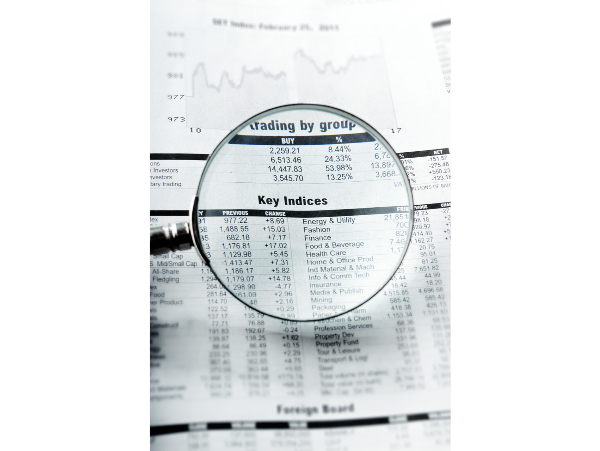


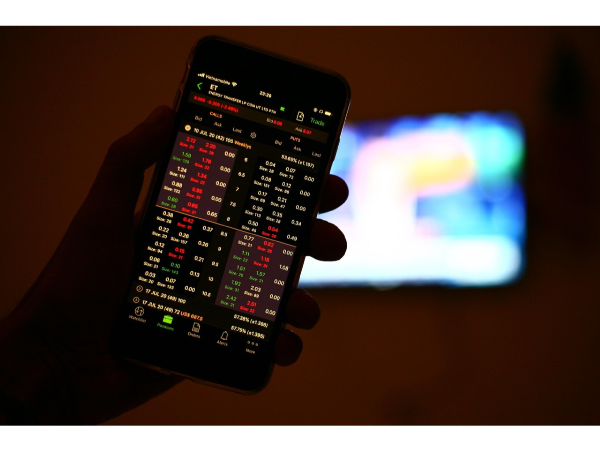


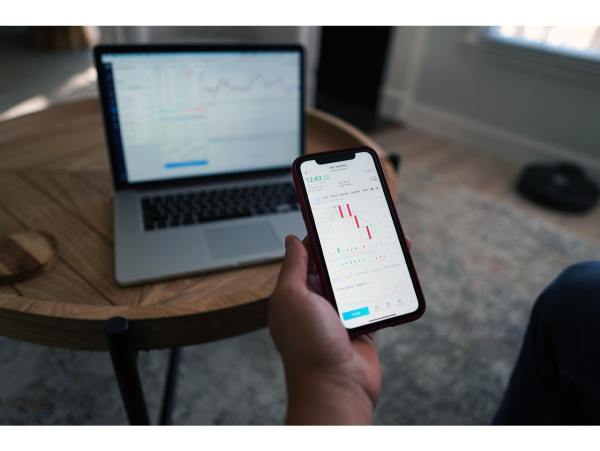

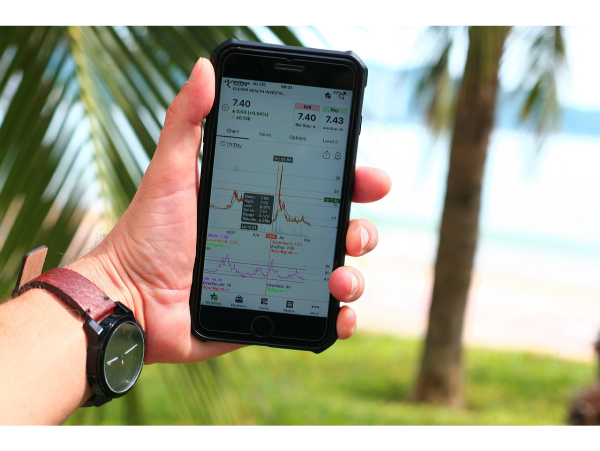

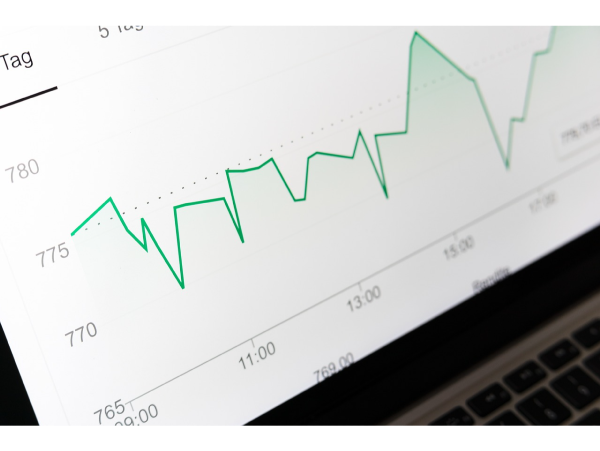




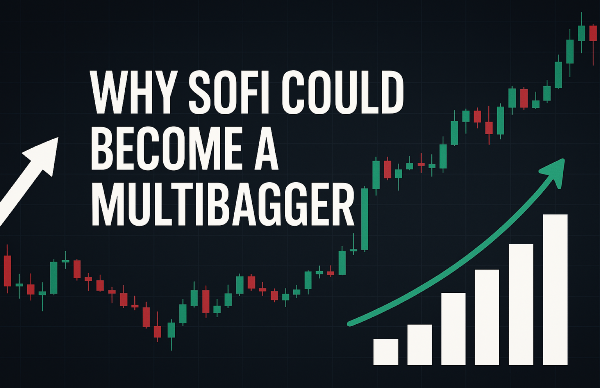
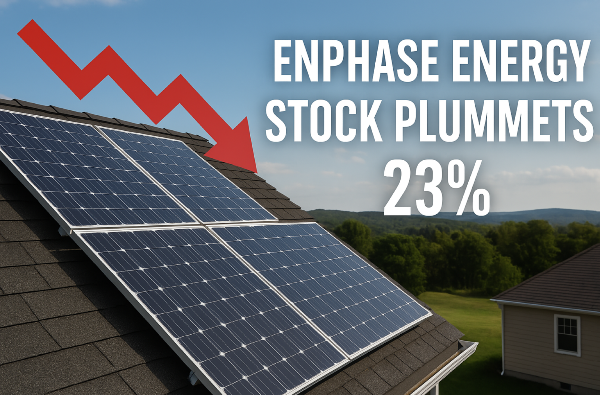
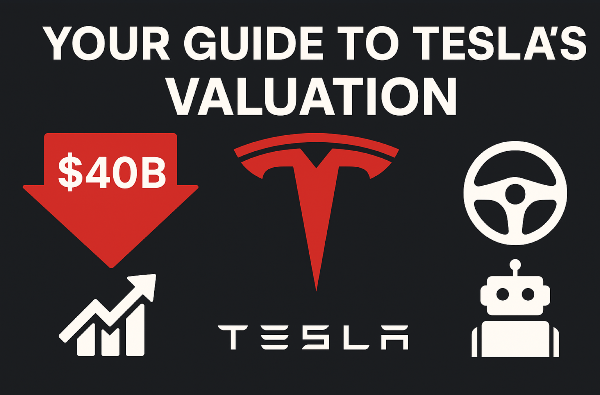

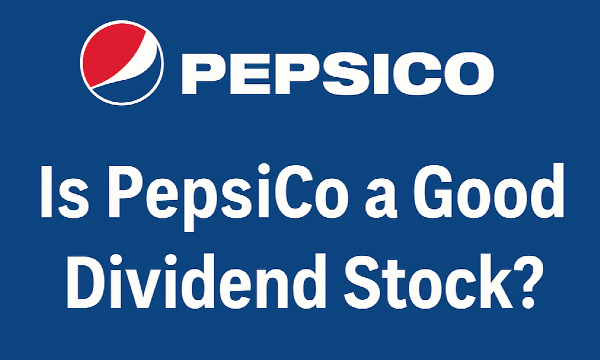
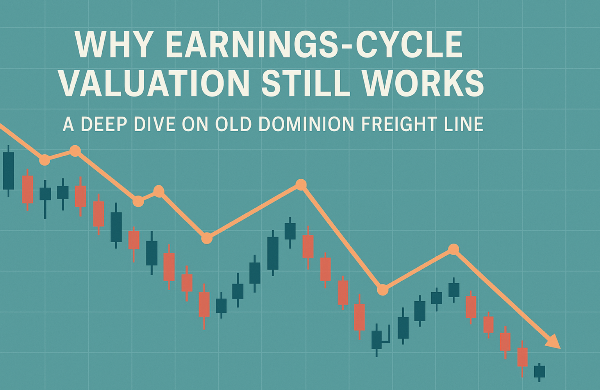
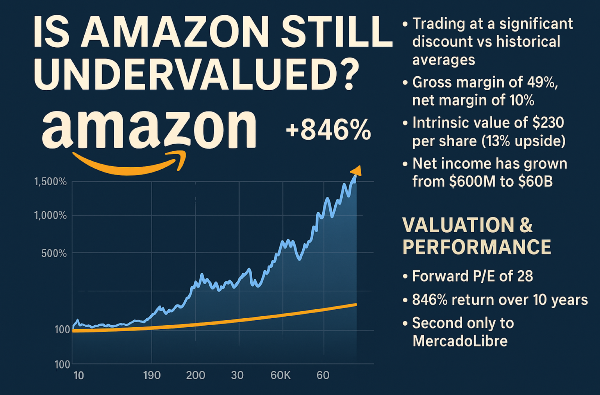
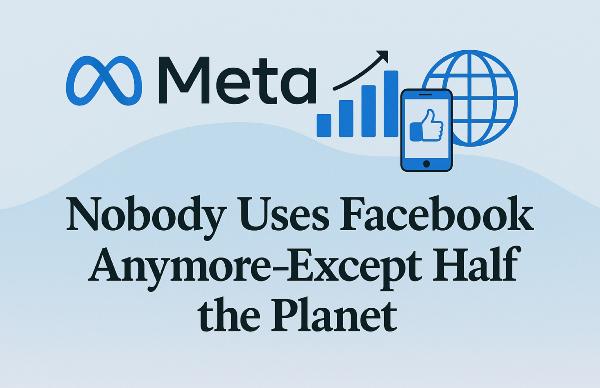








Global trade—the flow of goods, services, and capital across borders—is like the ocean’s currents, propelling or capsizing small-cap stocks, those agile companies valued between $300 million and $2 billion. In Q1 2025, small-caps in the Russell 2000 gained 18% when trade tensions eased but fell 12% during tariff hikes, reflecting their 30% volatility (Yahoo Finance). With 70% of small-cap revenue tied to domestic markets, global trade disruptions hit hard (J.P. Morgan). X posts in 2025 call small-caps “trade tide riders,” with $30B in trade-sensitive investments at stake (Bloomberg). This guide is your navigator’s compass, detailing three ways global trade impacts small-caps, with vivid examples, 2025 data, and beginner-friendly strategies. Hoist your sails—let’s chart the course to profits! Why Global Trade Matters for Small-Caps Small-caps, despite their domestic focus, are exposed to global trade through supply chains, export markets, and currency fluctuations: ● Domestic Reliance: 70% of small-cap revenue is U.S.-based, vs. 50% for large-caps, making them sensitive to trade policy shifts (Nasdaq). ● Supply Chain Risks: 40% of small-caps rely on imported inputs, vulnerable to tariffs (Morningstar). ● Volatility: Small-caps’ 1.3 beta amplifies trade-driven market swings by 30% (Goldman Sachs). In Q1 2025, a 10% U.S. tariff on Chinese goods cut small-cap margins by 2%, while trade agreements boosted exporters by 15% (Forbes). Let’s explore three key trade impacts on small-caps. Impact 1: Tariffs and Trade Wars – Storms That Batter Small-Caps Tariffs and trade wars, like sudden squalls, raise costs and disrupt small-caps’ supply chains, squeezing margins. In Q1 2025, a 10% U.S. tariff on Chinese electronics sparked a 15% drop in small-caps with >20% imported inputs, while domestic-focused peers fell 8% (Yahoo Finance). ● How It Works: Tariffs increase input costs, hitting 40% of small-caps reliant on imports. High-debt firms (debt-to-equity >0.5) face amplified losses as margins shrink (J.P. Morgan). X posts warn of “tariff turbulence” for small-caps (Bloomberg). ● Real Example: A $500M tech small-cap with 30% Chinese inputs fell 18% from $10 to $8.20 in February 2025 post-tariff. You avoid at $10, saving $180 loss on 100 shares, and buy Cal-Maine Foods (CALM), a $1.2B domestic-focused small-cap, at $61, hitting $76 for $1,500 profit (Yahoo Finance). ● How to Navigate: ○ Screen for debt-to-equity <0.5 and <10% import reliance on Finviz (15 min). ○ Check supply chain details in 10-Qs on SEC.gov; favor domestic revenue >80% (25 min). ○ Buy 1–2 domestic small-caps ($500–$1,000), stop-loss 7% below, hold 6–12 months, target 10–15% gains. ○ Sell if tariffs rise >15% or VIX >25 (Zacks). ● Tip: Search X for “$TICKER tariffs” to spot risks—domestic focus weathers storms (Fidelity). Tariffs are your market gales—steer toward domestic safe harbors. Impact 2: Trade Agreements – Tailwinds for Export-Driven Small-Caps Trade agreements, like favorable trade winds, boost small-caps with export exposure by opening markets and reducing barriers. In Q1 2025, a U.S.-EU trade deal lifted small-caps with >20% export revenue by 20%, compared to 12% for non-exporters (Nasdaq). ● How It Works: Lower tariffs and quotas expand markets for 15% of small-caps with exports. High-growth firms (>15% revenue growth) capitalize on demand, with P/E ratios rising 10% (Morningstar). ● Real Example: Hurco Companies (HURC), a $300M industrials small-cap, surged 15% from $22 to $25.30 in January 2025 after a U.S.-EU deal boosted machine tool exports. You buy 200 shares at $22.10 ($4,420), stop-loss at $20, targeting $26. HURC hits $25, netting $580 profit (Yahoo Finance). ● How to Navigate: ○ Screen for >15% revenue growth and >20% export revenue on Yahoo Finance (15 min). ○ Confirm export markets and FCF >$10M in 10-Qs on SEC.gov (25 min). ○ Buy 1–2 export-driven small-caps ($500–$1,000), stop-loss 7% below, target 10–15% gains. ○ Sell after 7–14 days or if RSI >80 (Benzinga). ● Tip: Check X for “$TICKER exports” to catch trade deal buzz—export growth rides the breeze (Schwab). Trade agreements are your tailwinds—sail with export small-caps for swift gains. Impact 3: Currency Fluctuations – Tides That Shift Small-Cap Valuations Currency fluctuations, like shifting tides, impact small-caps with international exposure by altering revenue and cost dynamics. In Q1 2025, a 5% U.S. dollar rally cut export-driven small-caps’ revenue by 3%, while importers gained 10% (Goldman Sachs). ● How It Works: A stronger dollar reduces export revenue for 15% of small-caps, while lowering import costs for 40% with foreign suppliers. Low-debt firms adapt better (Bloomberg). ● Real Example: Skyline Champion (SKY), a $1.5B industrials small-cap, gained 12% from $86 to $96.30 in March 2025 as a strong dollar cut imported material costs. You buy 50 shares at $86.50 ($4,325), stop-loss at $80, targeting $94. SKY hits $96.30, netting $490 profit (Yahoo Finance). An export-heavy small-cap, by contrast, fell 10%, costing $100 on 100 shares. ● How to Navigate: ○ Screen for FCF >$20M and >20% import reliance on Finviz (15 min). ○ Check currency exposure in 10-Qs on SEC.gov; favor low-debt firms (25 min). ○ Buy 1–2 import-reliant small-caps ($500–$1,000), stop-loss 7% below, target 10–15% gains. ○ Sell if dollar weakens >5% or RSI >80 (Forbes). ● Tip: Search X for “$TICKER currency” to spot dollar-driven moves—importers ride strong tides (Morningstar). Currency shifts are your market tides—navigate with import-friendly small-caps. Your Global Trade Navigation Plan To steer small-caps through global trade’s currents, follow this compass:
Trade Agreements 20% gain in export stocks Export-driven small-caps https://finance.yahoo.com/quote/HURC
Currency Fluctuations 10% gain in import stocks Import-reliant small-caps https://finance.yahoo.com/quote/SKY
This table’s your compass—use it to chart your course. Top Small-Caps for Global Trade in 2025 Create a markdown table comparing top small-caps for trade strategies. Include columns for stock symbol, market cap, key metric, and 1-year return, and link to Yahoo Finance. Stock Symbol Market Cap Key Metric 1-Year Return Link CALM $1.2B $150M FCF, 90% domestic revenue 19.8% https://finance.yahoo.com/quote/CALM
HURC $300M $15M FCF, 25% export revenue 14.2% https://finance.yahoo.com/quote/HURC
SKY $1.5B $30M FCF, 20% import reliance 42.3% https://finance.yahoo.com/quote/SKY
These stocks, based on Q1 2025 Yahoo Finance data, are your trade-ready vessels. Closing Thoughts: Master Global Trade’s Seas with Small-Caps Global trade’s tariffs, agreements, and currency shifts shape small-cap performance, sinking import-heavy stocks, lifting exporters, and favoring importers in strong-dollar tides. Stocks like CALM, HURC, and SKY show how to sail for 10–15% gains. Start with $500 on Fidelity, track trade policies on FRED, and monitor X for catalysts. This isn’t just investing—it’s navigating the high seas of global markets. Grab your compass, set your course, and conquer small-cap profits today!